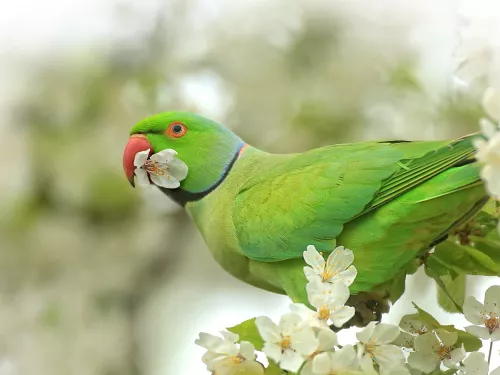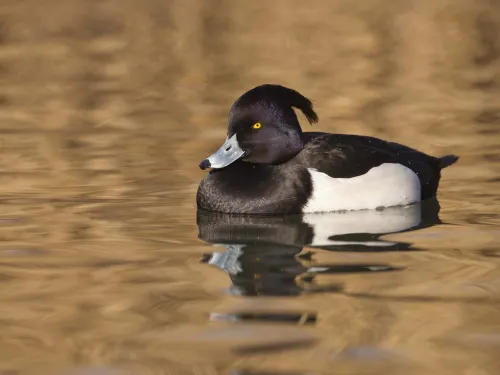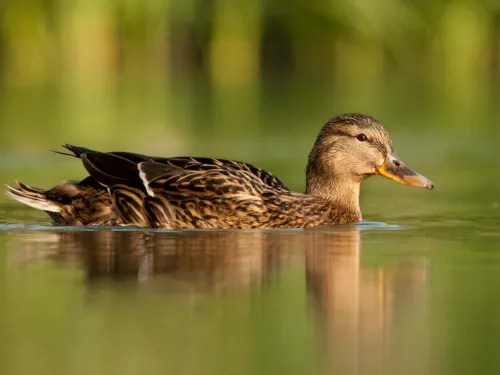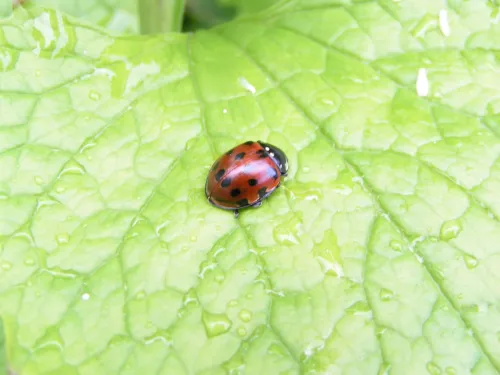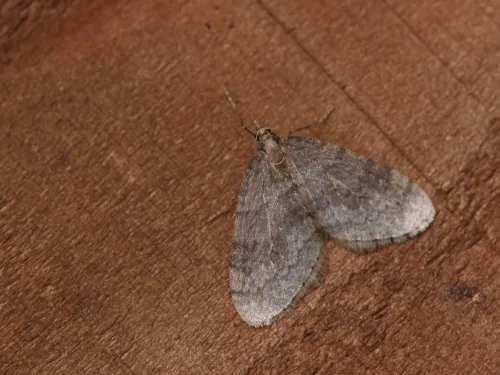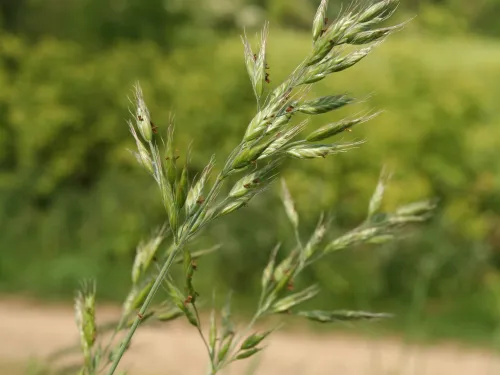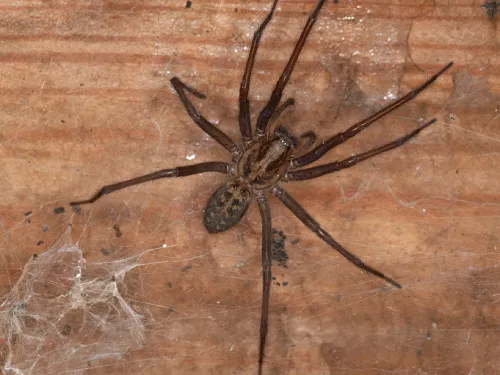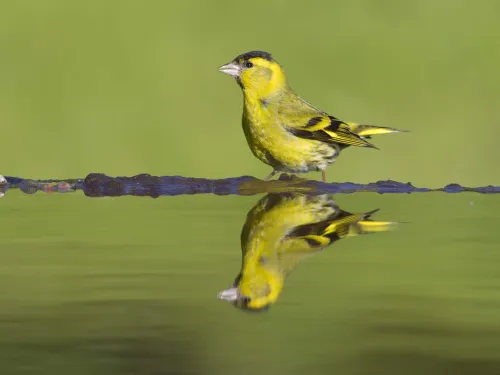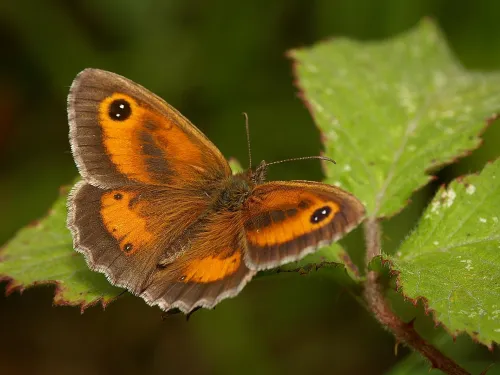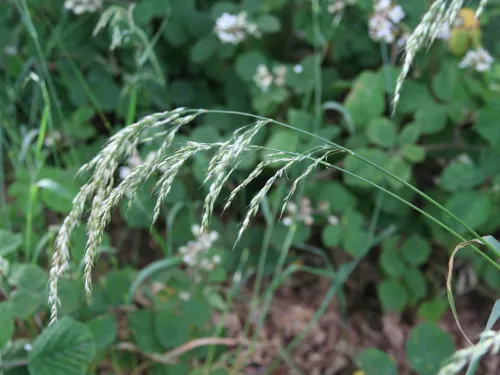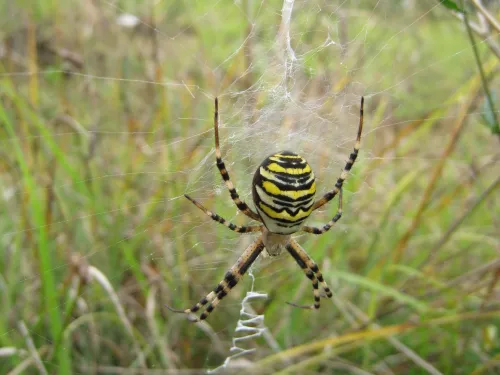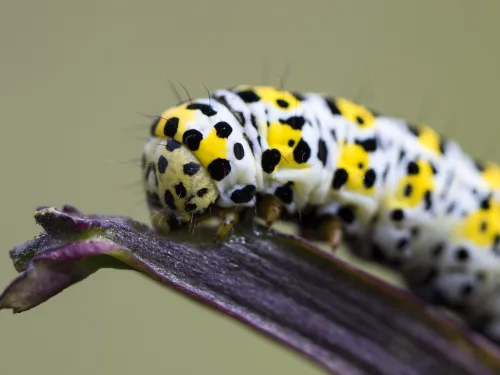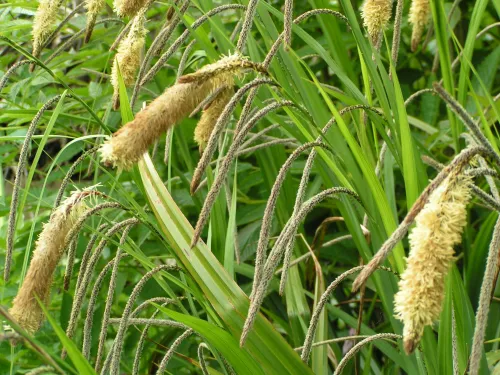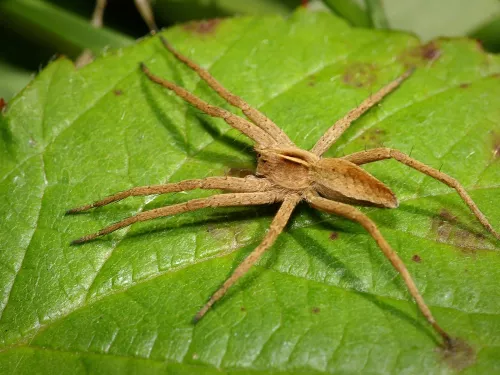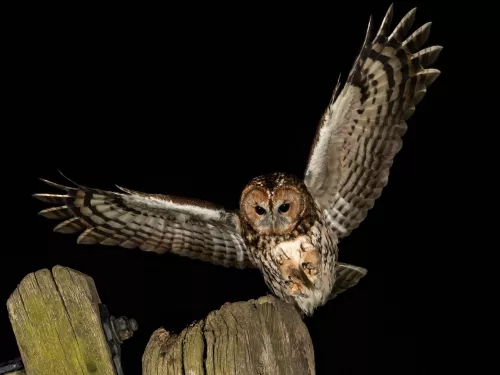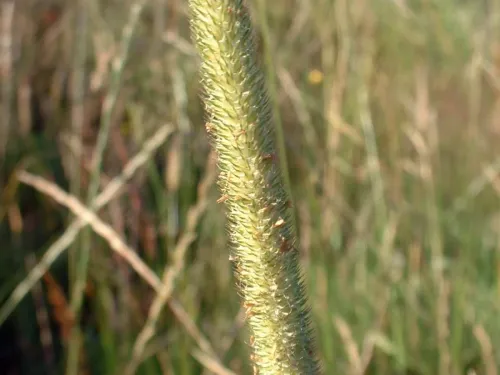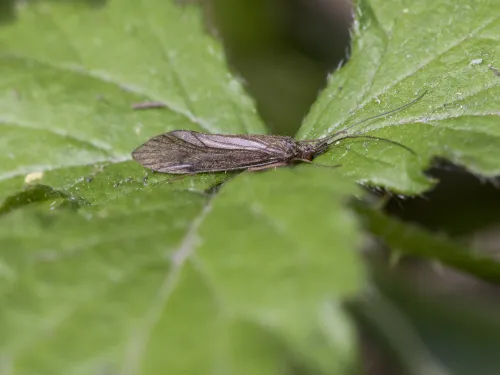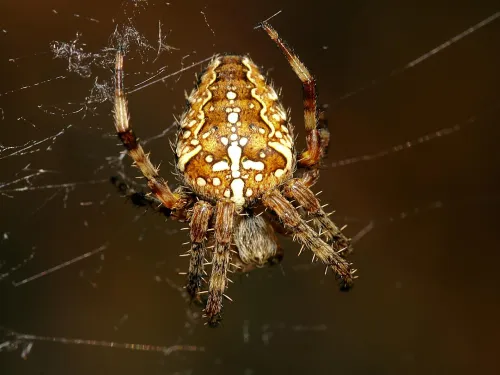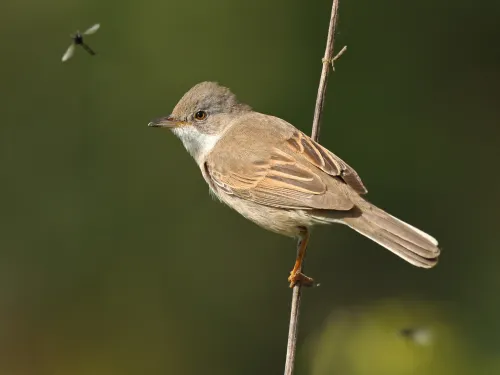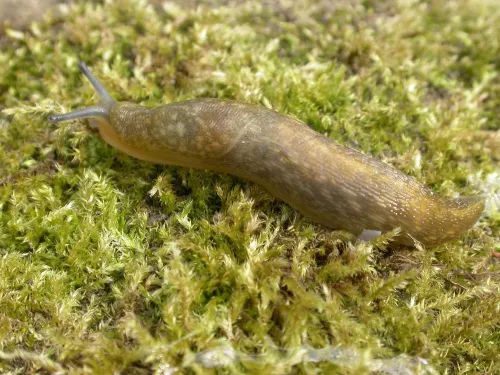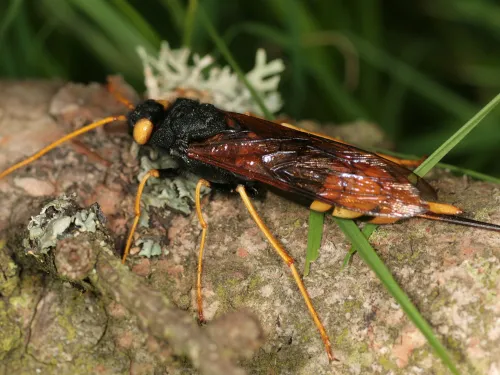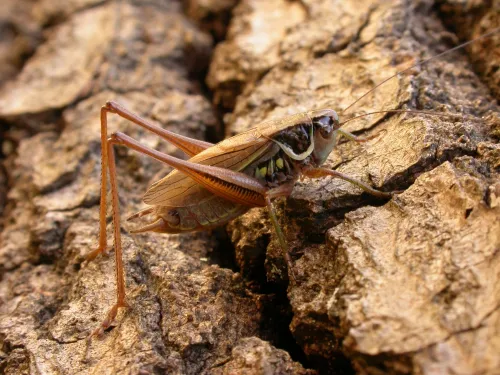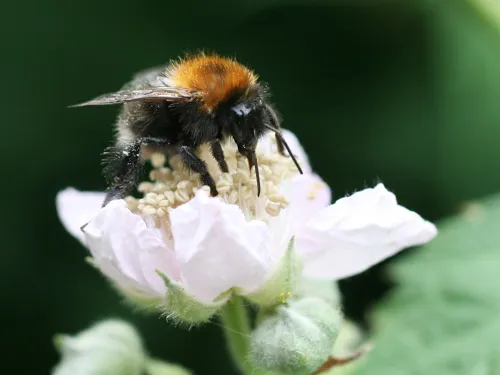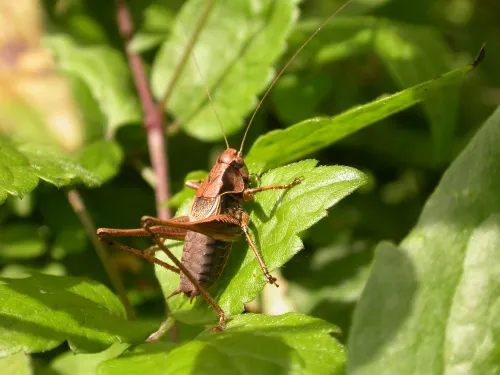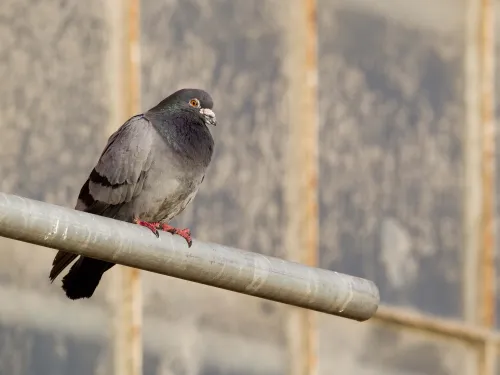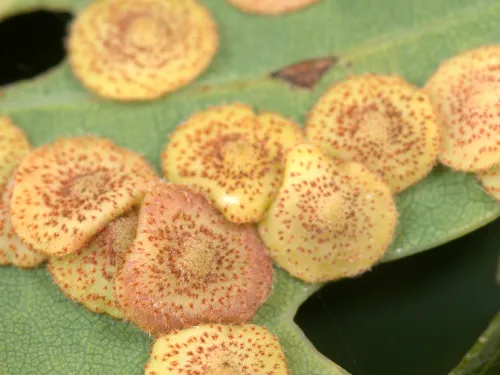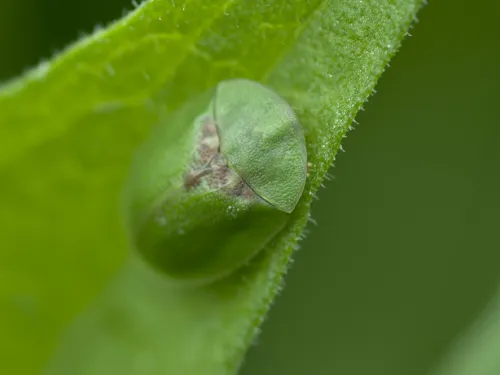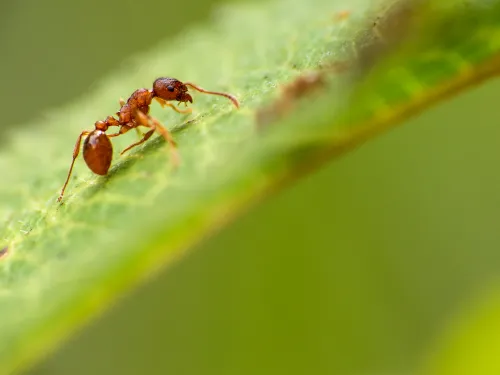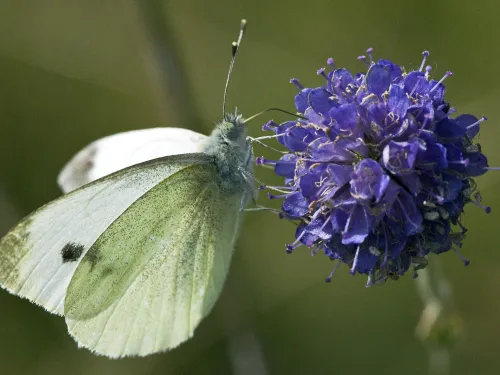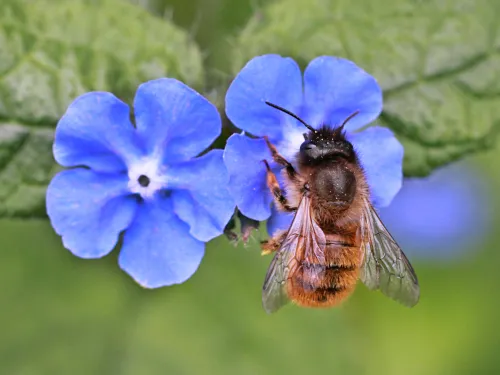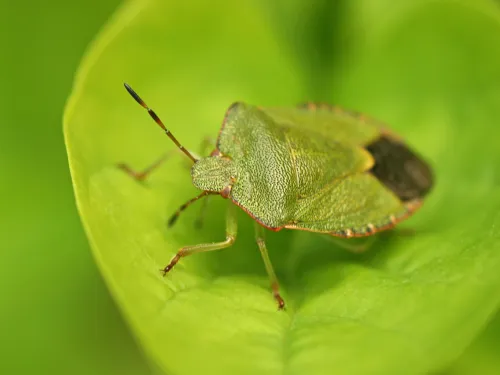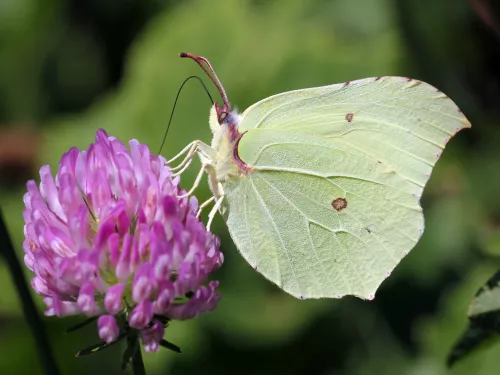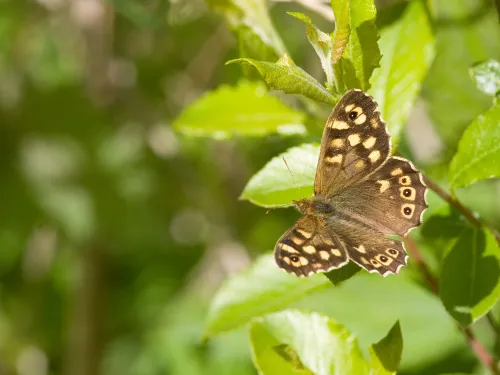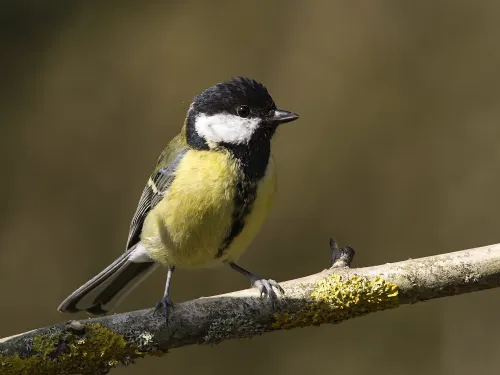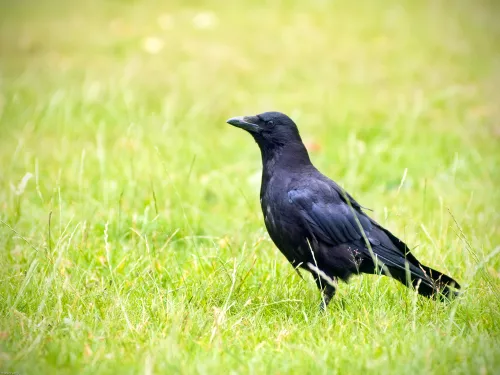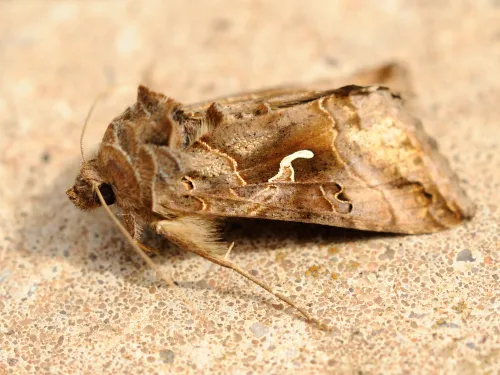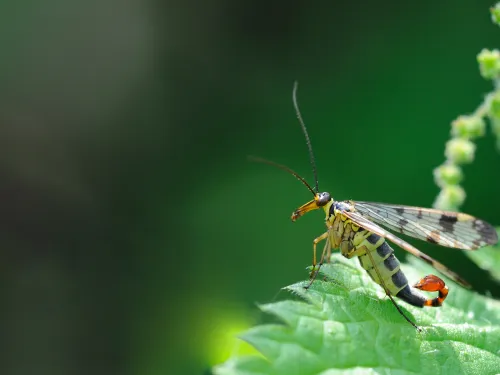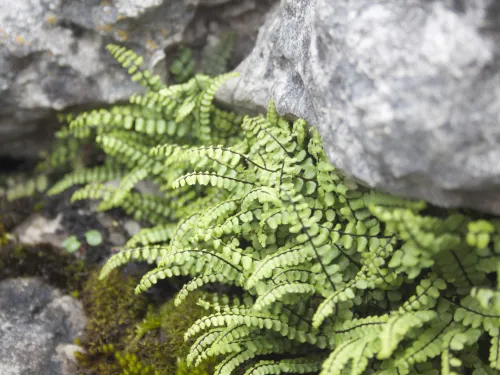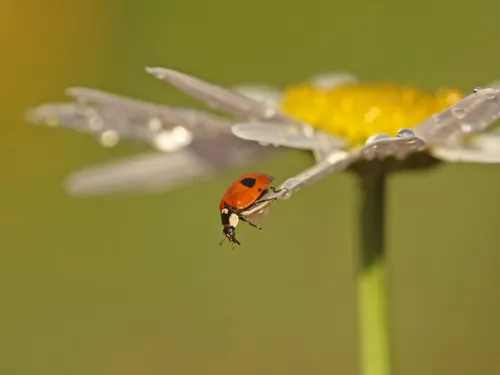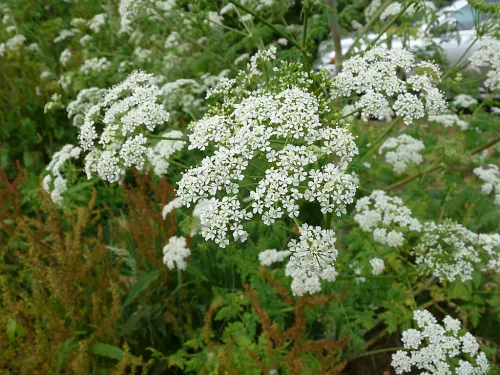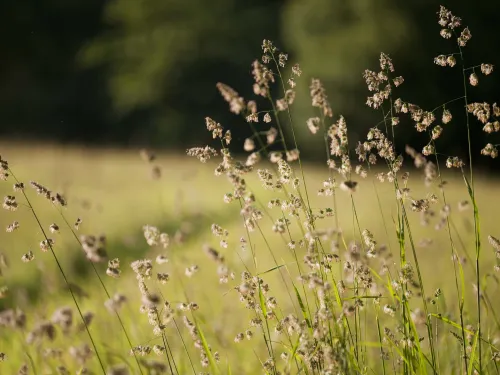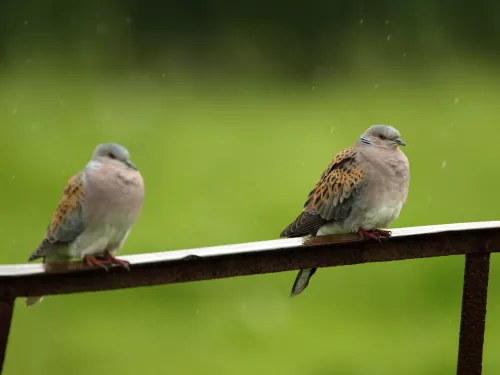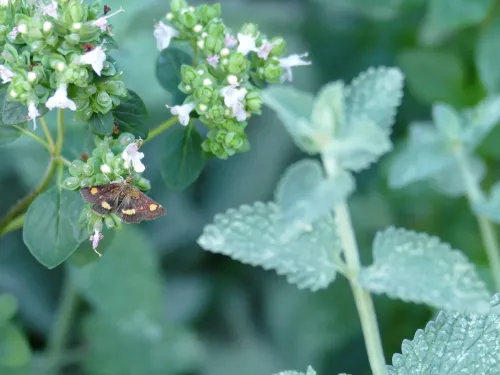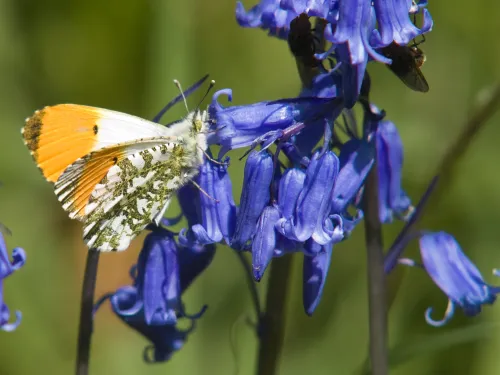From parkland to window boxes, wildlife thrives in gardens
These green spaces are a lifeline for wildlife, little havens scattered through the desert of urban sprawl and intensively managed farmland. Trees and shrubs shelter miniature mammals and nesting birds, whilst feeders offer a reliable food source no matter how wild the weather is. Even a single window-ledge plant pot can make a difference, providing pollen and nectar for insects straying into the concrete jungle.
Larger parks and gardens can become a wild paradise, home to creatures you would never expect to find so close to home: grass snakes slithering through the undergrowth, foxes frolicking on lawns, and even owls peering out from the gnarled trunks of old trees.
A bit of peace and quiet
Parks and gardens are as good for us as they are for wildlife. They provide a place where we can relax, breathe in the fresh air and remind ourselves of the beauty of the wild world around us. For people living in the heart of urban areas, they offer an escape into nature that would otherwise be out of reach.
Spending time connecting with nature is proven to reduce stress and improve both our mental and physical health, and the green oases of our parks and gardens offer the perfect opportunity to do this.
Birds
Numbers of house sparrows, song thrushes, dunnocks and starlings have all declined in the countryside, and are now considered endangered. But you can help them, by providing food and places for them to breed in your garden.
Mammals
Many mammals that would have once lived in the countryside, have learnt to adapt to our towns and gardens; keep a look out for hedgehogs, foxes and house mice. There are lots of ways you can help mammals in your back garden by creating habitat and food sources.




